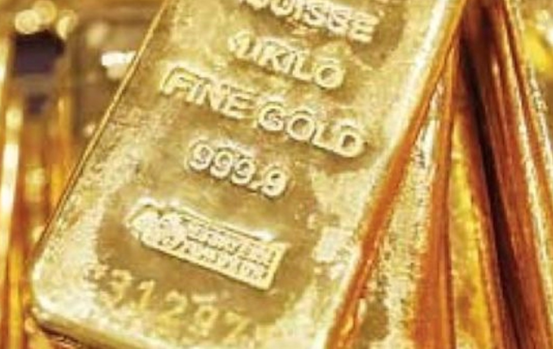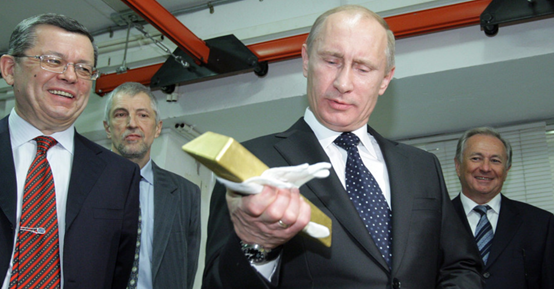The attack on Saudi oil facilities saw geopolitical risks rise sharply, prompting market prices for safe haven assets such as gold to rise, while the rally in oil prices also led to an increase in the prices of commodity-backed currencies. Analysts at Citigroup predict that gold prices may break the $2,000 mark in the next year or two, setting a new record high for the past eight years. Mateen Sal Khalid, CEO of Aurum Asset Management believes that prices for new security tokens that are closely linked with physical gold assets would also rise in tandem.

Citigroup analysts pointed out in the report that due to weakening U.S. economic growth coupled with uncertainty in the 2020 U.S. presidential elections, gold prices are expected to “trade stronger for longer” and may surpass the $1,900 per ounce record of eight years ago, possibly breaching the $2,000 mark within the next one or two years.
Gold prices have risen by 17% since the start of 2019 to date, currently trading at about $1,495 per ounce, gold prices are heading toward their biggest annual increase since 2010, with spot gold in New York closing at $1,488.45 an ounce on 13th September 2019. Citigroup’s analyst, Aakash Doshi noted that spot gold prices are expected to trade stronger for longer, posting new cyclical highs at some point in the next year or two.
Citigroup pointed out that the low-interest rate environment, intensification of turmoil in financial markets, rising risks of global economic recession caused by the Sino-US trade war and the increase in gold purchases by central banks have all helped to bring about the rise in gold prices.

According to a report from the World Gold Council (WGC), gold purchases by central banks worldwide over the past two years have been increasing year on year. Central banks worldwide added 651.5 metric tons to their official gold reserves in 2018, up 74% from 2017, reaching a 50-year record high. Leading the way for gold purchases by central banks was Russia’s central bank which holds about $100 billion in gold assets. Central banks collectively purchased 374.1 metric tons of gold from January through June 2019, says Juan Carlos Artigas, Director of Investment Research at the World Gold Council (WGC), the highest level in the same period since 2010 when International Central Banks became a net buyer of gold. Gold purchases by central banks worldwide had already surpassed those of the past nine years as of September 2019, with China’s central bank alone adding $4.8 billion worth of gold in the past nine months.
The attack on Saudi Arabia’s state-owned oil processing facility, Saudi Aramco, which resulted in a reduction of 5.7 million barrels in daily production further deepened market demand for gold. George Gero, managing director at RBC Wealth Management, said, “The Saudi Arabian situation is driving gold prices higher as people are looking for havens, (watching out) for any negative fallout, both economic and political. Gold will continue to be steady on the upside if there’s an escalation (in the Saudi Arabia situation).”
Brien Lundin, editor of Gold Newsletter stated, “China and Russia are obviously intent on insulating themselves from a dollarized global economy, and gold seems to be a very important part of that strategy.”
Large gold purchases by central banks worldwide highlight the bullish long-term trend toward alternative assets in recent years, such as security tokens and especially gold-backed security tokens. Commodity-backed assets is a sector that is seeing rapid growth and will become a key investment sector during the current ongoing trade war. Gold-backed security tokens such as Open Aurum and Stable Gold have the inherent ability to generate strong returns on investment, which is able to meet the needs of investors who wish to invest in alternatives to mainstream currencies.
Due to a number of factors that are positive to the rise in gold prices, the overall price trend for gold prices seems to be rather promising. At the present, fiat currencies worldwide face devaluation and inflationary risks. A depreciation of 1% in the value of fiat currencies would mean that a 5% rate of return can no longer meet investor expectations. Once market sentiments regarding depreciation sets in, investors should not make large investments in fiat currencies. Investors should make adjustments to their investment portfolio with regards to fiat currencies and security tokens such as the Open Aurum and Stable Gold tokens can effectively fulfil this market niche.
Media Contact
Company Name: Aurum Asset Management Ltd
Contact Person: Nicodemo Lowell
Email: Send Email
Country: United Kingdom
Website: http://www.openaurum.io/
